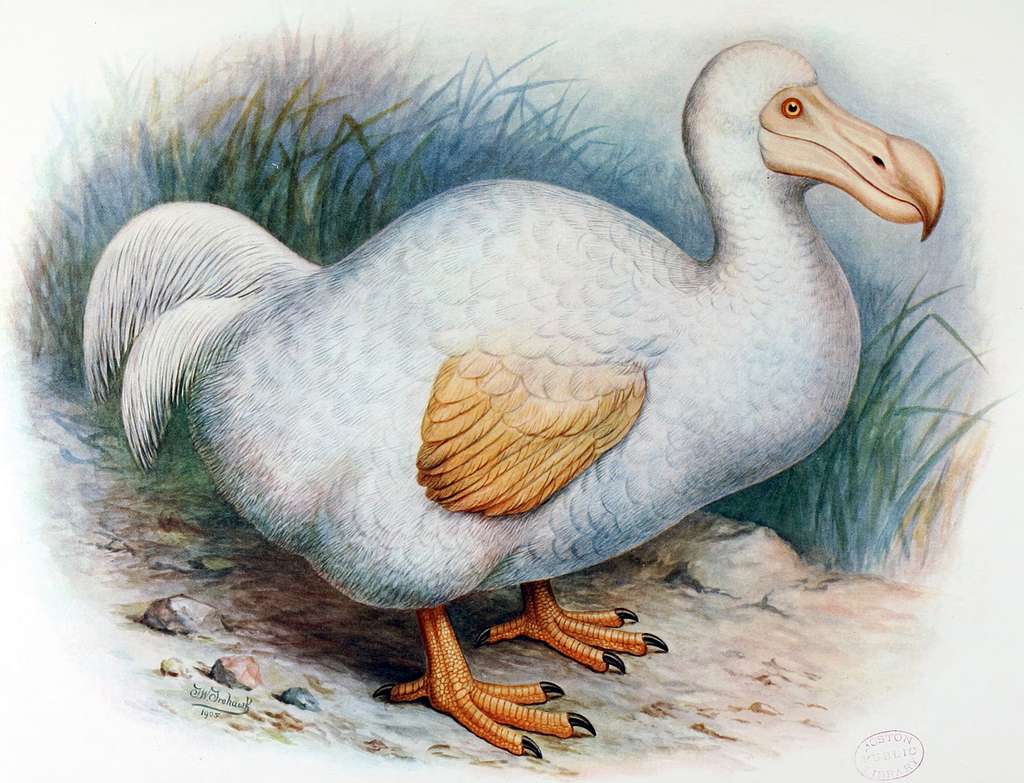News release
From:
Human-driven bird extinctions underestimated
Humans may have led to the extinction of nearly 1,500 bird species since the Late Pleistocene — double that of previous estimates — reports a Nature Communications paper. The authors stress that urgent protection of remaining native birds is needed to avoid further extinctions.
There are many potential causes of bird extinction connected to human activity today, including habitat loss, over exploitation, and the introduction of invasive species. Previous analyses of bird extinction rates have focused on well-documented observed extinctions (recorded by humans), beginning just over 500 years ago. However, this approach may underestimate the magnitude of biodiversity loss associated with human activity, as some species of birds may have gone extinct before they were first formally recorded.
As most known bird extinctions are thought to have occurred on islands, Rob Cooke and colleagues leveraged the fossil record to estimate how many species went extinct without documentation on islands, including Fiji, Hawaii, New Zealand, and other Western Pacific Islands. They found that approximately 12% of all bird species across the globe have gone extinct since the Late Pleistocene (between 126,000–12,000 years ago), with the majority of extinctions happening within the Holocene period (in the last 11,700 years). 55% of these extinctions were previously undiscovered. When comparing their findings to the timing of human dispersal, they found that the largest wave of bird extinction is associated with human dispersal through the Pacific, around 1300 CE (Common Era), with extinction rates 80 times higher than expected. They estimate that the Pacific accounts for 61% of total bird extinctions. The authors suggest that the extinction of the High-billed crow, Sinoto’s Lorikeet and nine species of Moa, a giant flightless bird, may have been associated with this wave of dispersal.
The research suggests that humans have already driven more than one in nine bird species to extinction, with likely severe, and potentially irreversible, ecological and evolutionary consequences. The authors acknowledge that these are only approximations and are likely underestimations, given their approach.



 International
International



